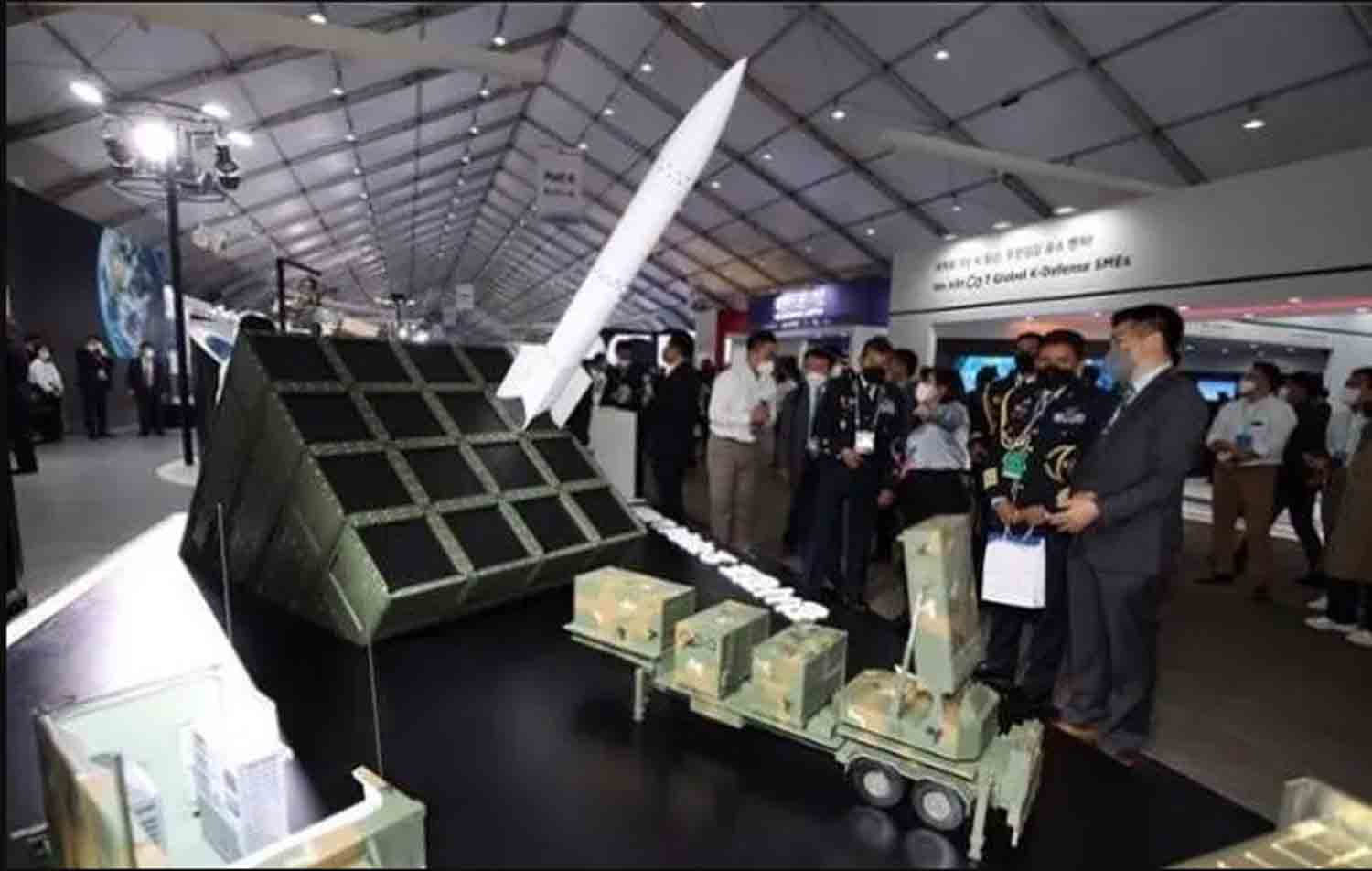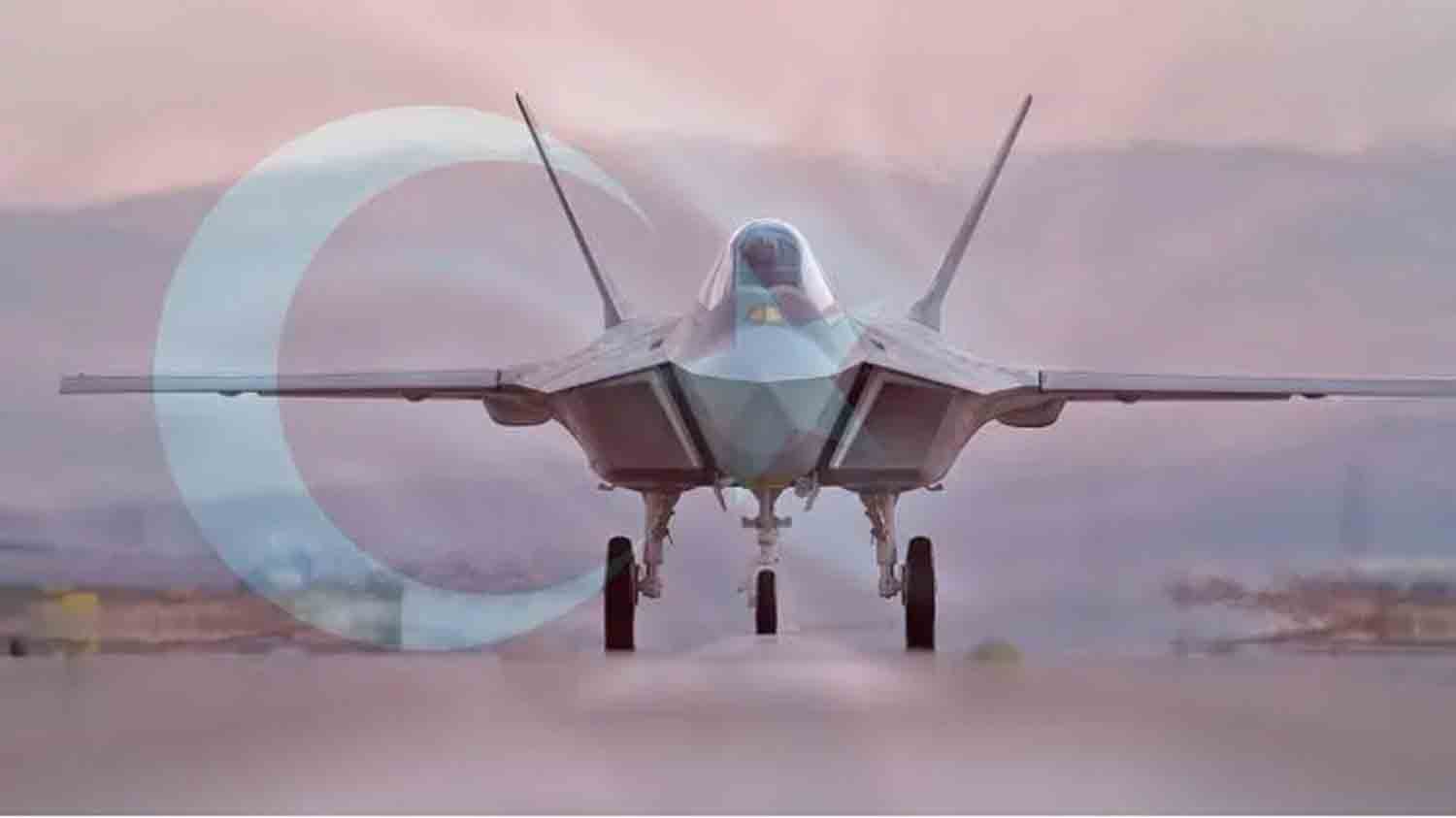In response to the potential risks posed by long-range rocket and artillery strikes from North Korea, South Korea has embarked on the creation of an interceptor system akin to Israel’s Iron Dome, referred to as the “Korean Iron Dome.”
The Defense Acquisition Program Administration (DAPA) of South Korea recently revealed plans to allocate 479.8 billion won (approximately RM329 million) by 2028 for the development of this interceptor system.
Officially named the Low Altitude Missile Defense (LAMD) system, or Korean Iron Dome, this technology is intended to intercept multiple incoming artillery shells that are launched simultaneously.
According to DAPA, “The long-range artillery interception system (LAMD: Low Altitude Missile Defense) is an anti-aircraft weapon system currently under development by the Agency for Defense Development (ADD). It aims to safeguard vital national and military installations in urban areas from North Korea’s long-range artillery threats, which can execute simultaneous attacks.”
Furthermore, DAPA and ADD are focused on creating a long-range artillery interception system that surpasses the capabilities of the Iron Dome, which has gained recognition for its effectiveness in Israel’s conflicts with Hamas. The new system is anticipated to intercept a greater number of targets at the same time.
South Korea is actively enhancing its air defense systems in Seoul, in response to North Korea’s considerable arsenal of long-range artillery, which includes cannons and rockets situated within range of the capital area that houses approximately half of the country’s 51 million residents.
The Defense Acquisition Program Administration (DAPA) has indicated that the Korean Iron Dome will play a crucial role in safeguarding vital military sites from North Korean artillery threats, and efforts are underway to expedite the operational readiness of this domestically developed system.
The project for the Korean Iron Dome will involve collaboration between South Korea’s state-run Agency for Defense Development (ADD) and various defense firms, including LIG Nex1, Hanwha Aerospace, and Hanwha Systems, as reported by DAPA.
Bang Geuk-cheol, Director of the Missile Weapons Business Division at DAPA, highlighted that the creation of the long-range artillery interception system, known as the Korean Iron Dome, underscores South Korea’s dedication to establishing strong air defense capabilities to protect civilian lives and essential national and military infrastructure from significant threats posed by North Korea’s long-range artillery.
“We are investigating ways to accelerate the deployment of this long-range artillery interception system. To achieve this, we will enhance collaboration with the Defense Development Agency, the military, and prototype developers,” Bang remarked.
Israel’s Iron Dome, which has been operational since 2011, functions either as an independent defense mechanism or as part of a comprehensive layered air defense strategy. Each Iron Dome battery consists of three to four launchers, with each launcher holding 20 Tamir interceptor missiles.
The system is designed to address a wide range of threats, including cruise missiles, ballistic missiles, precision-guided munitions, drones, and low-flying aircraft, with effective ranges surpassing 70 kilometers (43 miles). Developers of the Iron Dome assert a 90-percent success rate, having successfully intercepted over 5,000 incoming hostile rockets.
Discover more from Defence Talks | Defense News Hub, Military Updates, Security Insights
Subscribe to get the latest posts sent to your email.





